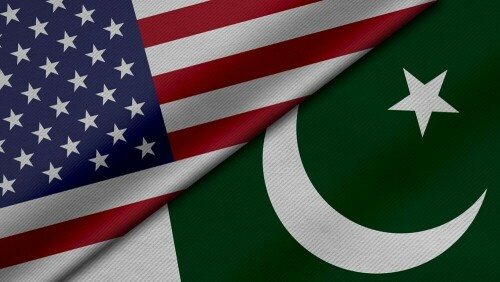EVERY terrorist strike or high-profile targeted killing is followed by what has become almost a ritual. Media teams rush to the site, channels air whatever footage they can lay their hands on, while police and other law-enforcement personnel pose for photographs on the site pretending to examine it closely for clues as the cameras roll.
Meanwhile, on social media, a stream of lyrical tributes and righteous rage pours forth, commingling with ad hoc images and videos – shot by passersby on their mobile phones – showing the grisly side of the affair with almost voyeuristic glee.
Then the moment passes and it all returns to business as usual. When, and more importantly how, will this cycle break?
Taming social media is a different matter. But mainstream media and law enforcement can do much to improve their initial reactions to every such event.
In spite of a long history of terror attacks and targeted killings, it seems police does not really have an SOP to shape their first response.
The crime scene is examined in almost theatrical detail while the cameras roll, but forensics – besides ballistics – play virtually no role in the subsequent investigation.
The media has learned how to deal with bomb blasts and rape cases, and at least we no longer see disturbing videos of burning buildings and dead bodies in the immediate aftermath of an attack. But in the case of targeted killings, the rush to capture the first visuals and thrust the microphone into the faces of survivors is still there, along with the manic pursuit of every bit of detail which can help give the channel a perceived edge over its rivals.
Greater sensitivity needs to be shown by channel staff which can only come about once the media managements agree amongst themselves to keep their coverage of such events sane and measured. Following up on the story is more important than breathlessly chasing breaking elements in the immediate aftermath.
Police also need to show greater professionalism in cordoning off the site, questioning witnesses and the collection of evidence.
The haphazard outpourings of grief and condemnations are little more than a ritualised dissipation of the anguish that each such incident brings.
The political blame game that ensues is the closest we ever come to any search for corrective measures. This pattern must break, and the channels and police should lead the way out.
Published in Dawn, June 24th, 2016










































